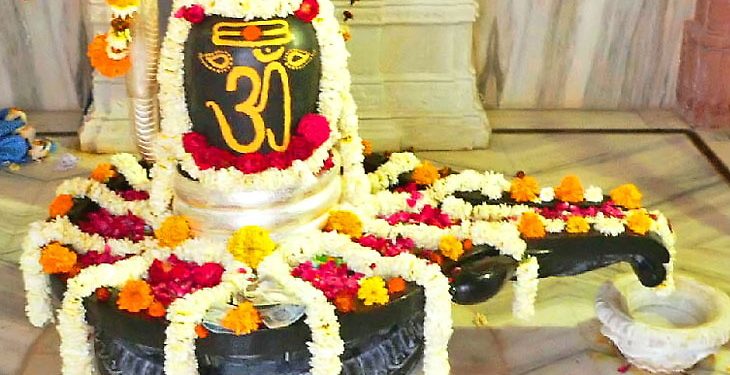From Lord Shiva’s birth to his Neelkanth legend and marriage with goddess Parvati, there are stories and beliefs galore on why we celebrate Maha Shivaratri.
Maha Shivaratri, one of the biggest festivals of Hindus who worship Lord Shiva, is celebrated on the Chaturdashi of Krishna Paksha in Phagun, the Hindu lunar month. Devotees offer water, milk and flowers to the Lord’s idol or Shivaling and worship him. Shiva is considered the ideal husband and unmarried girls. Women pray for a husband like him.
North Indians celebrate the day as the wedding anniversary of Lord Shiva and goddess Parvati.
According to a legend in the Shiva Purana, two of the triads of Hindu gods – Brahma and Vishnu – were fighting to establish who is superior between the two. Horrified at the intensity of the battle, the other gods asked Shiva to intervene and he assumed the form of a huge column of fire in between Brahma and Vishnu to make them realise the futility of their fight. Brahma and Vishnu decided to find the topmost end of the fire column. Brahma assumed the form of a swan and went upwards while Vishnu took the form of Varaha and went inside earth. As light has no limit, neither Brahma nor Vishnu could find the end despite searching for thousands of miles.
During his journey upwards, Brahma came across a Ketaki flower wafting down slowly. When asked where she had come from, the flower replied she had been offered at the top of the fire column. Brahma decided to end his search and take the flower as a witness. This angered Shiva who then punished Brahma for lying and cursed him that no one would ever pray to him. Till date, Hindus do not worship Brahma and there is only one temple dedicated to him – the Pushkar temple in Rajasthan. The Ketaki flower too was banned from being used as an offering for any worship, as she had testified falsely. Since Shiva helped pacify the fight among the Gods, the day is celebrated in his honour.
Another belief associates with the legend of Lord Shiva drinking poison to save the universe. During the churning of the ocean (the legendary Sagar Manthan), gods and demons discovered several objects and one of them was a pot of poison. Lord Shiva drank the poison to save the universe from its effects. Gods danced in order to protect Shiva from the harmful effect of the poison and keep him awake for a night. The poison eventually didn’t harm Shiva, but turned his neck blue. This was when he got the name Neelkantha. Since then, the night is celebrated as Maha Shivratri.
According to a popular legend, a hunter could not find anything to kill for his food in a forest, he decided to spend the night on the branch of a Bel tree to be safe from wild animals. To keep himself awake, the hunter started throwing the leaves of the tree on the ground, unaware that there was a Shivalinga beneath the tree. Pleased with the patience of the hunter, Lord Shiva appeared in front of the hunter and blessed him with wisdom. It was the night that we now celebrate as Maha Shivaratri. According to another belief, every Kashmiri girl is a Parvati and is wedded to Shiva. The Shivratri symbolises the wedding.
As per a legend, it is the night when Shiva performs the heavenly dance of creation, preservation and destruction. The chanting of hymns, the reading of Shiva scriptures by devotees joins this cosmic dance. Maha Shivaratri is marked by annual dance festivals at major Hindu temples Konark, Khajuraho, Pattadakal, Modhera and Chidambaram. Nataraja – the supreme god of dances – is also another form of Lord Shiva.
According to a popular belief, goddess Parvati once pleaded Lord Shiva to save the earth when it faced destruction. Lord Shiva agreed to save the world on the condition that the people of the Earth would have to worship him with dedication and passion. From that day onward, the night came to be known as Maha Shivratri. It is believed that flowers bloom exactly the day after Maha Shivratri, hinting at the fertility of the earth.






































